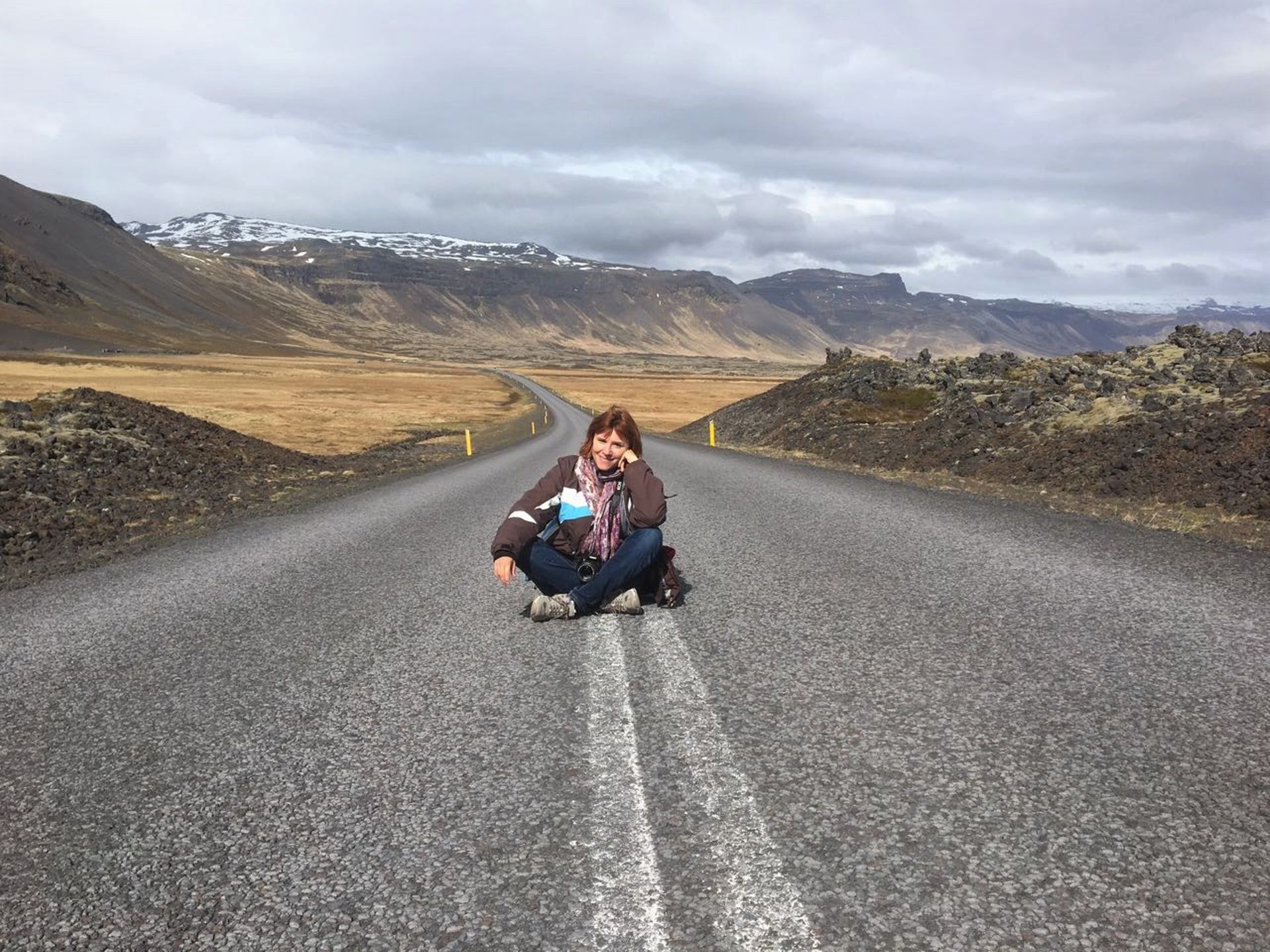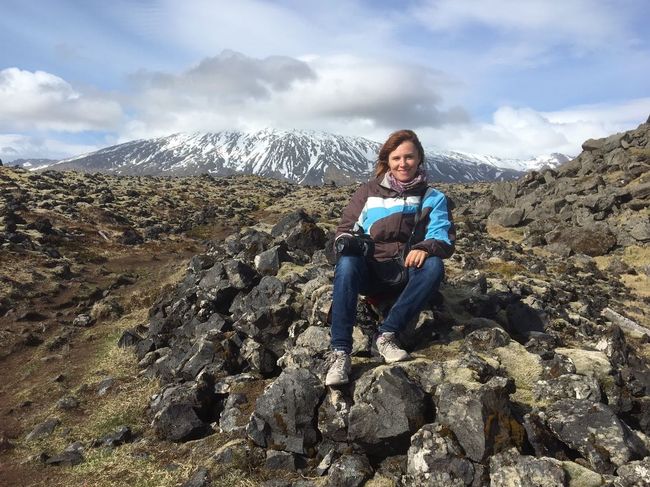On the sunny island of Santorini
प्रकाशित: 26.04.2018
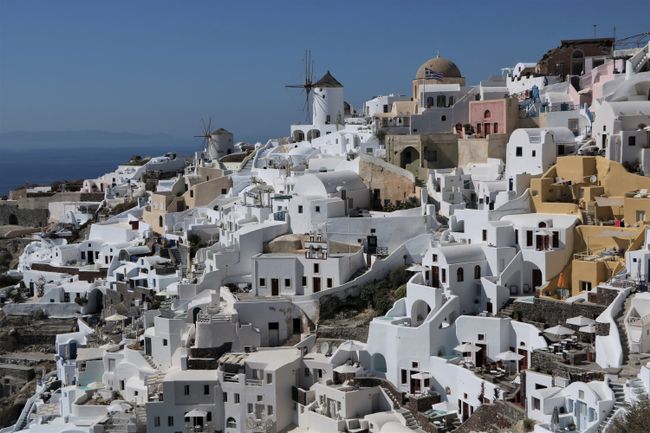
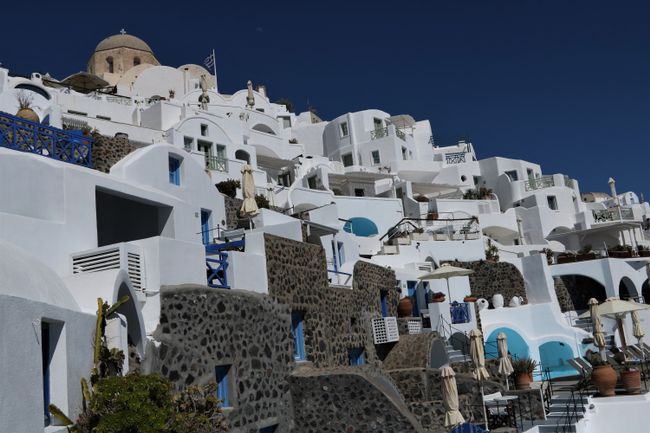
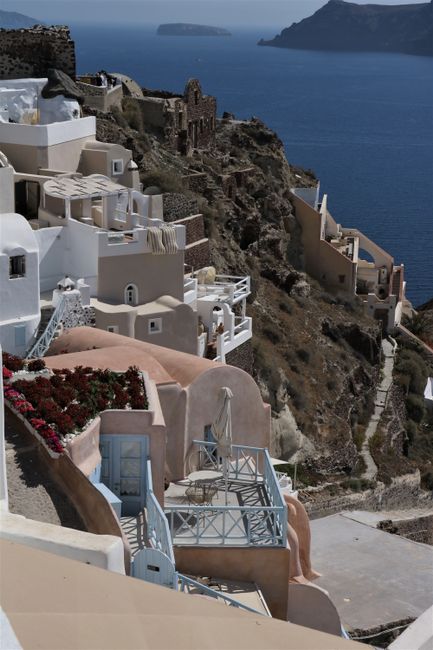
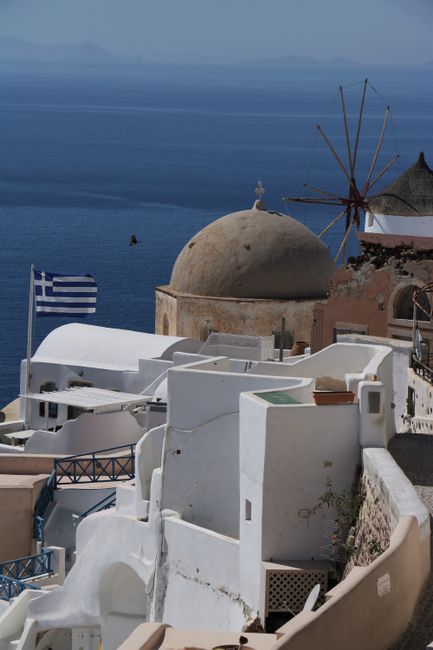
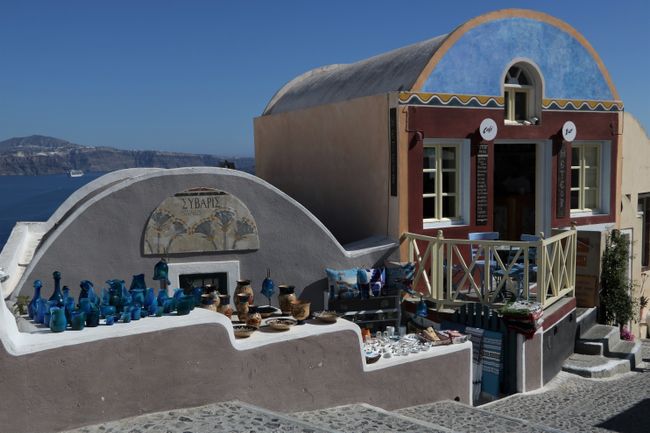
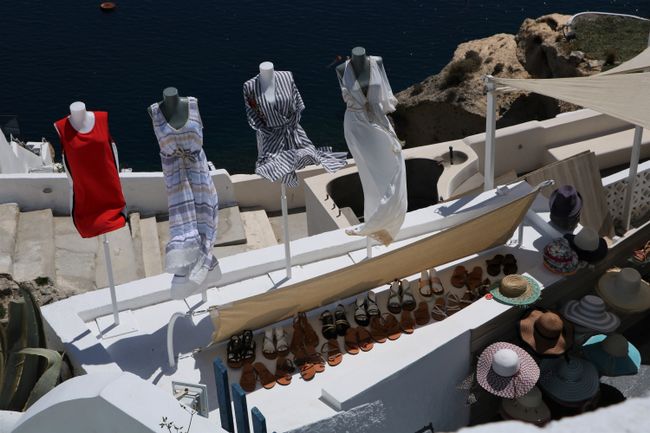
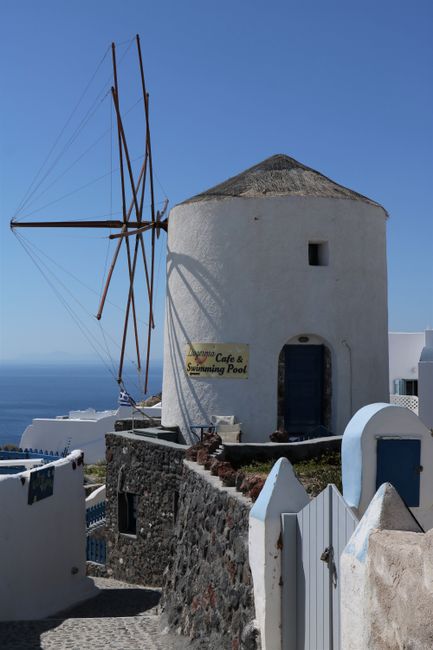
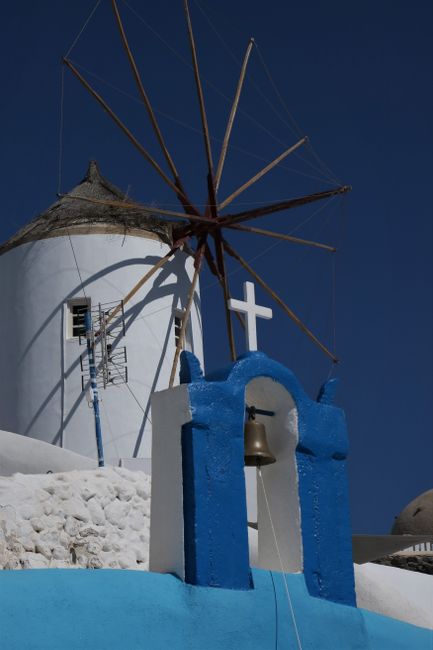

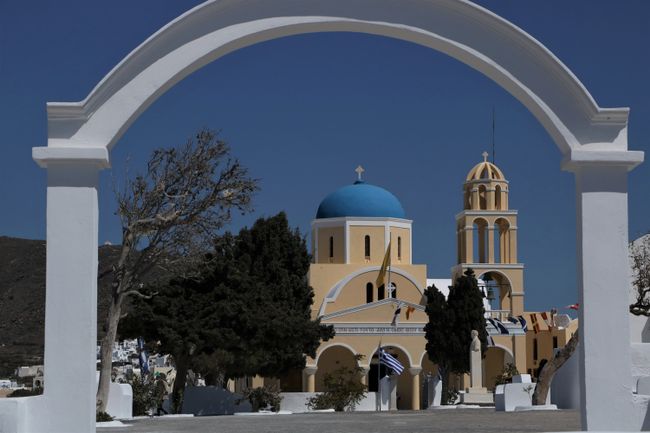
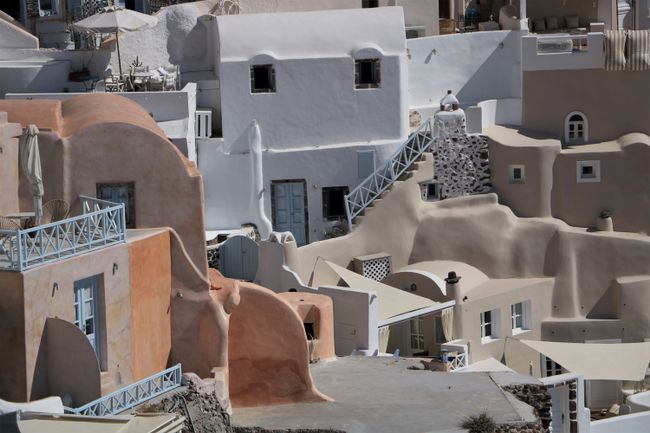
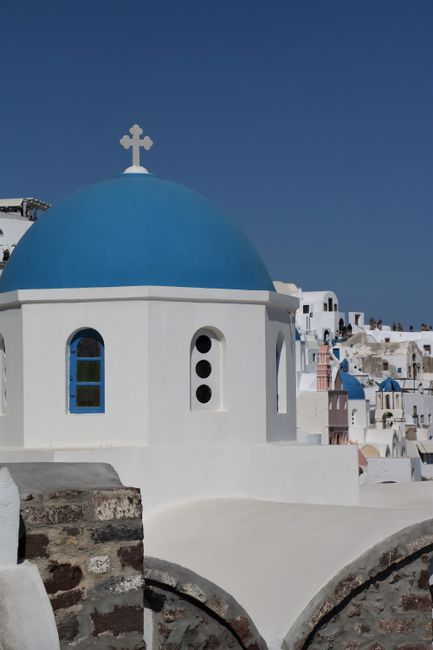
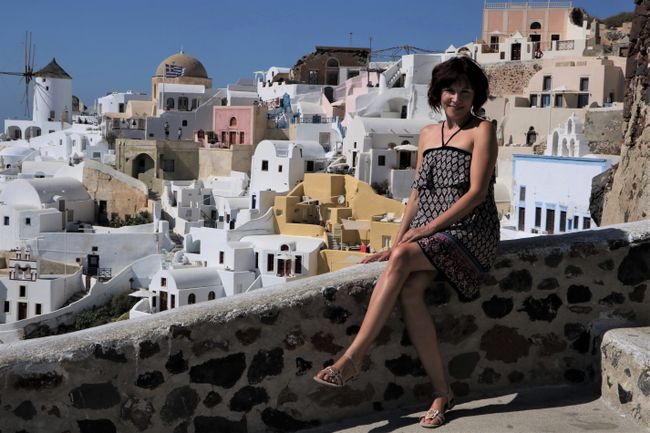
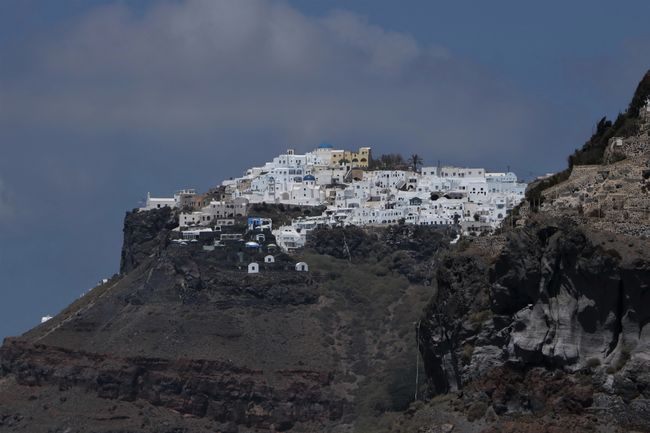
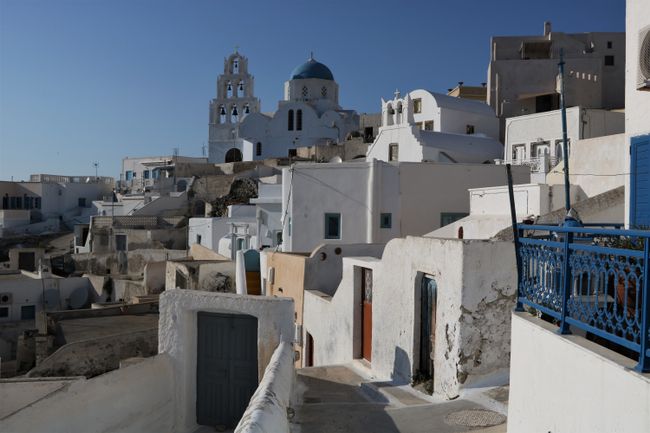
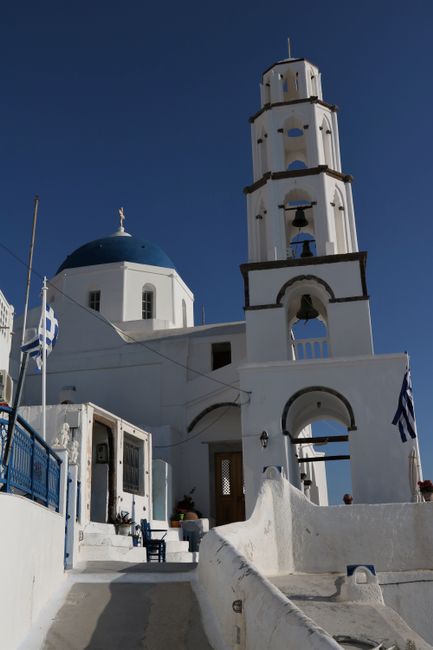
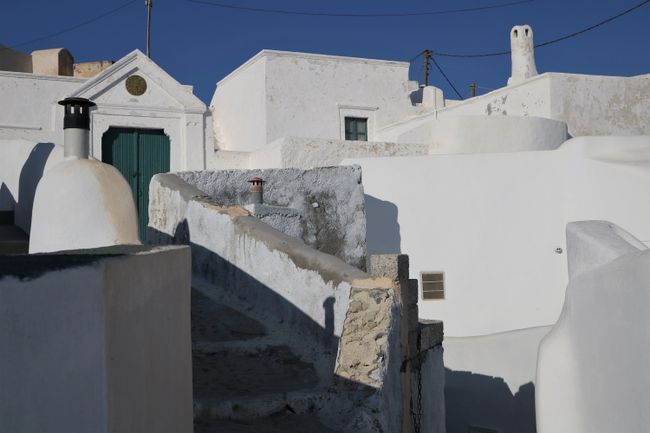
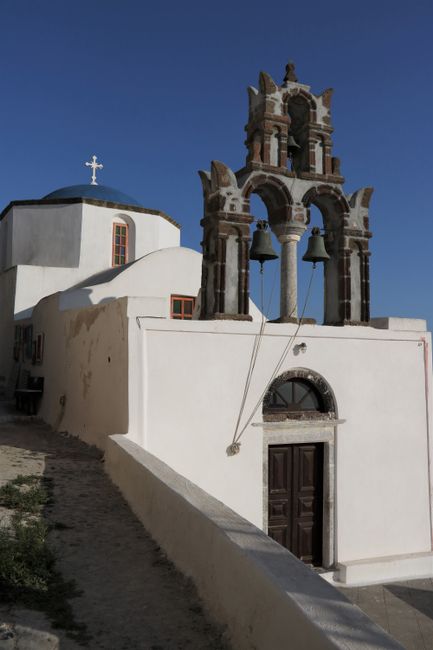
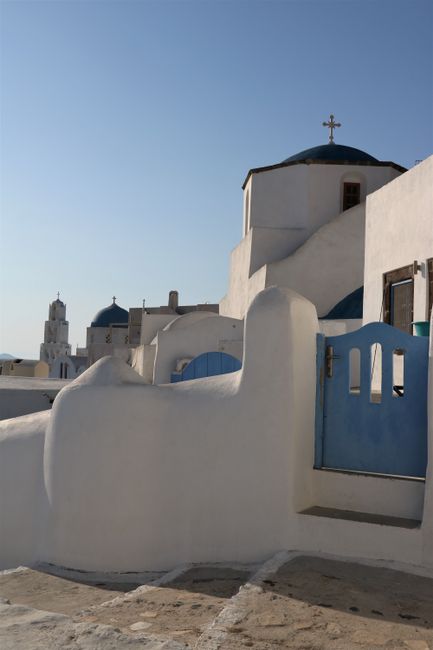
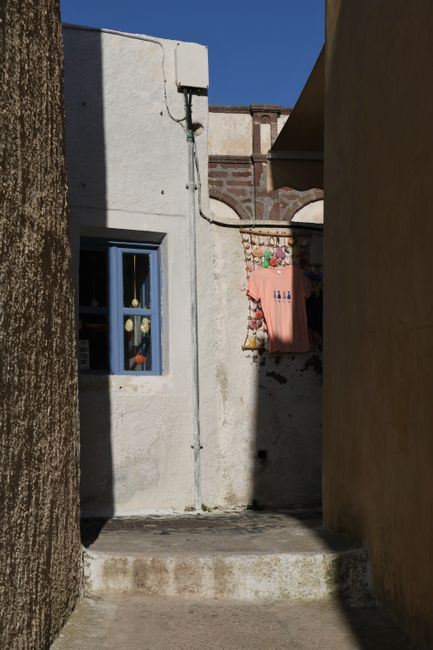
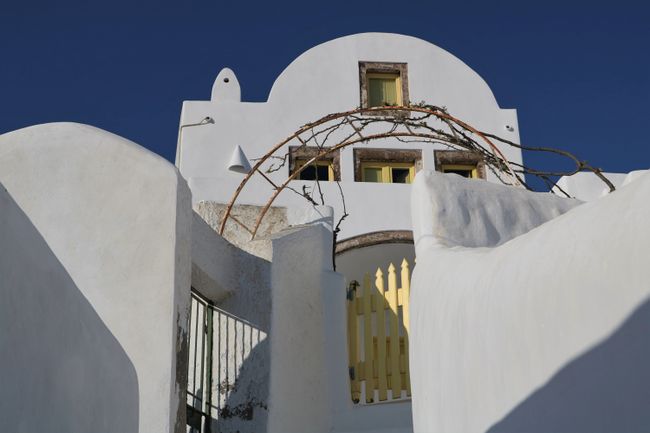
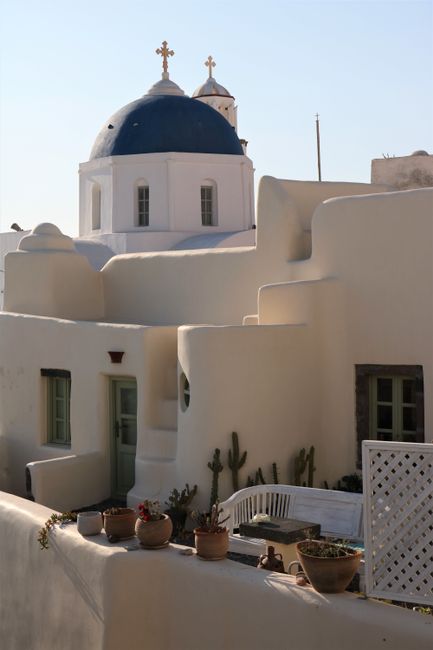
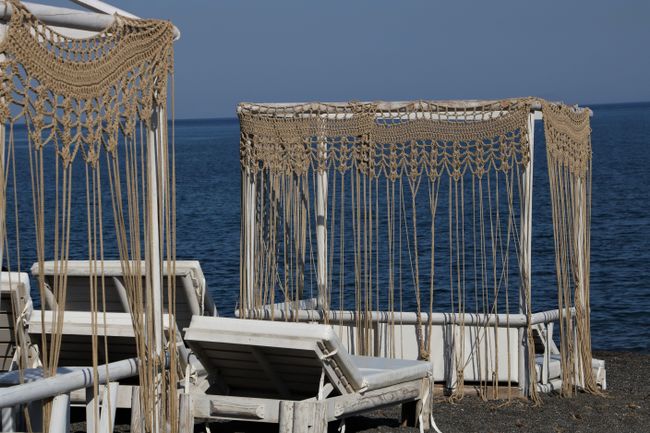
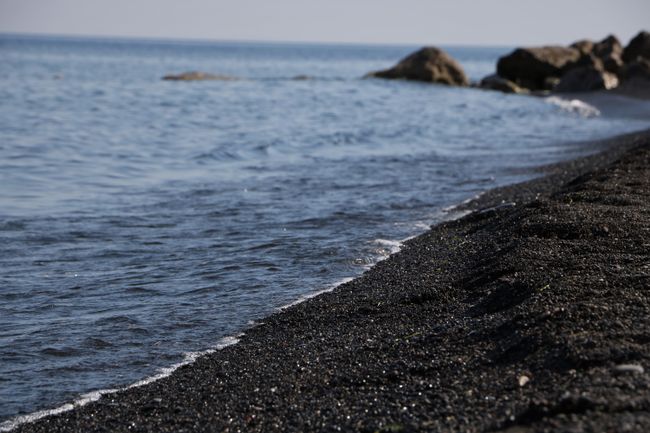
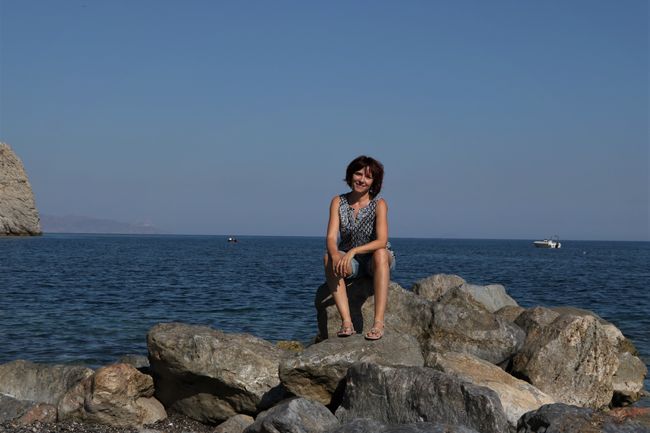
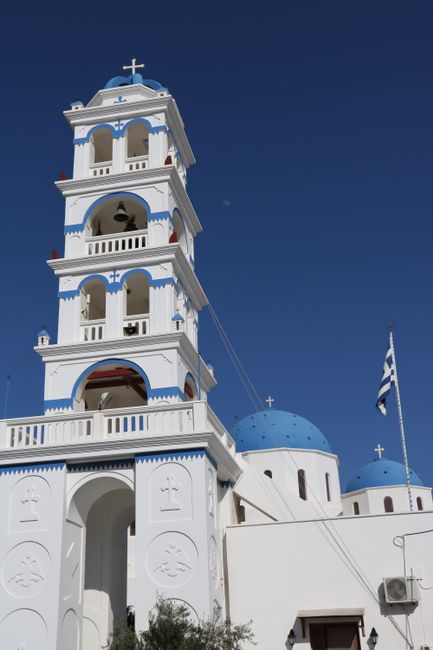
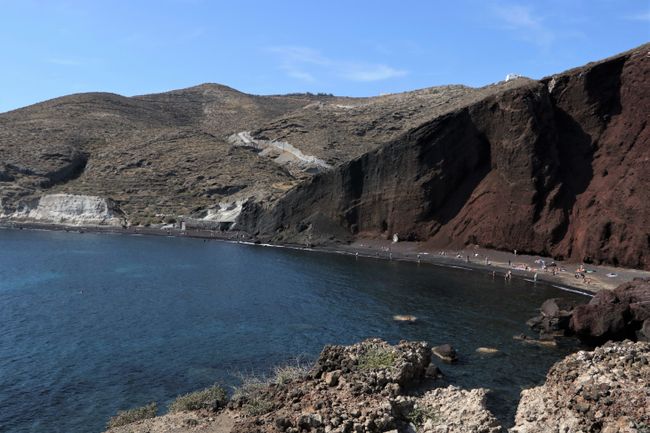
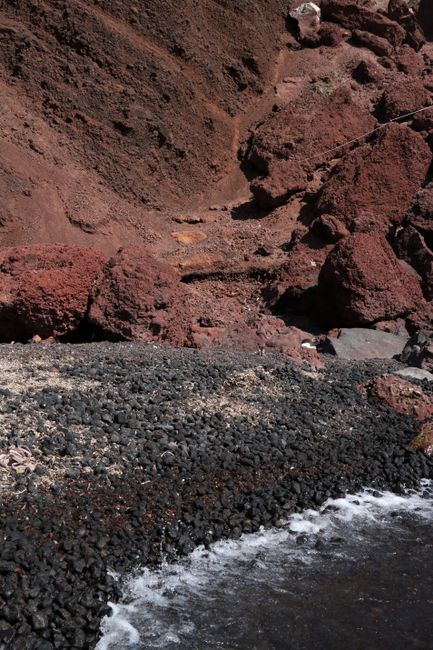
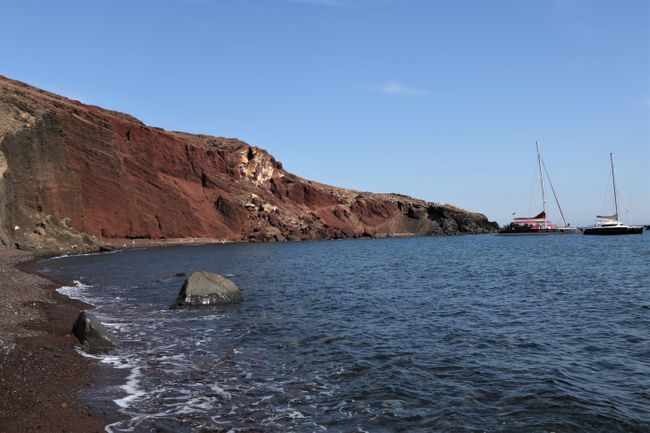
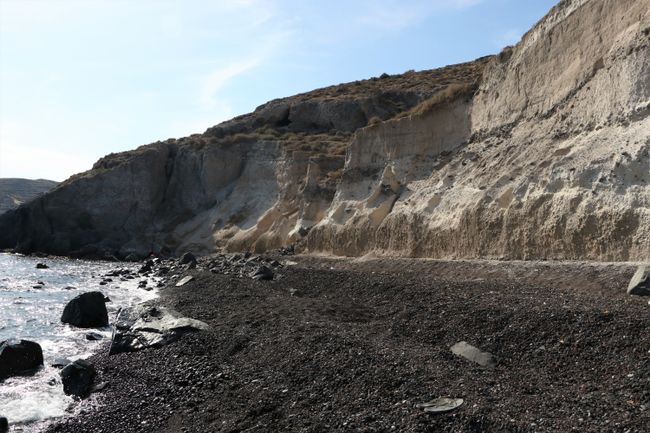
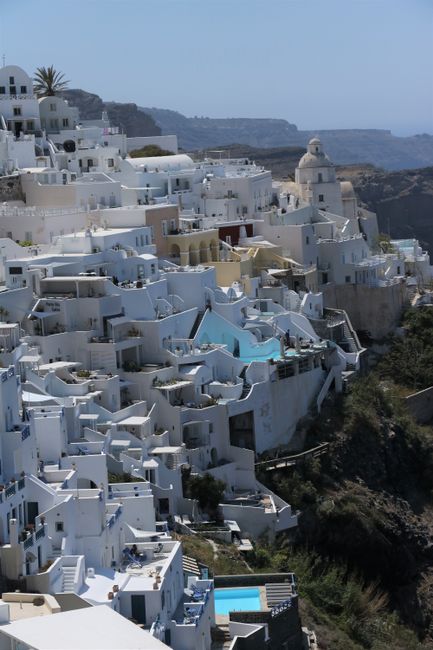
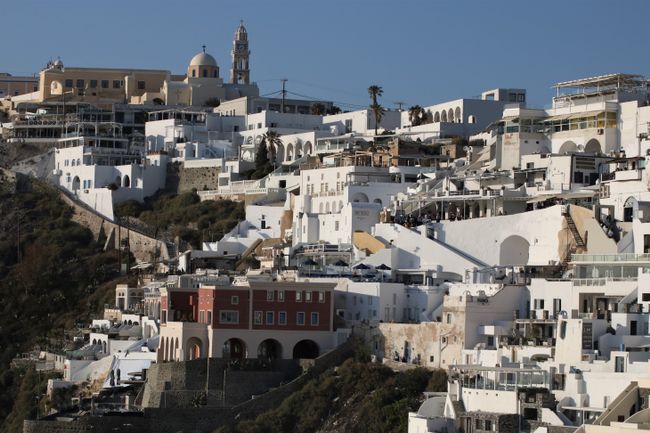
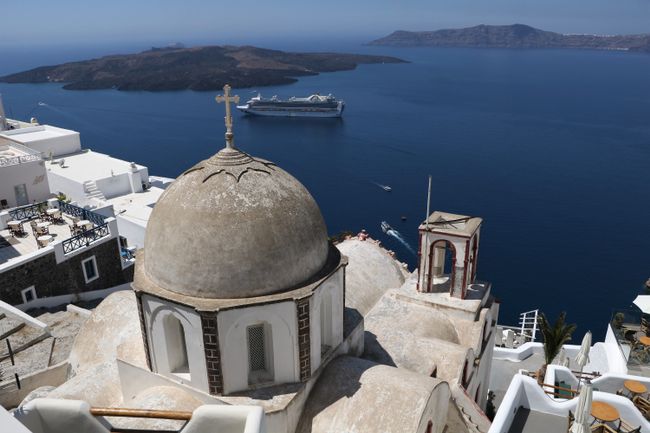
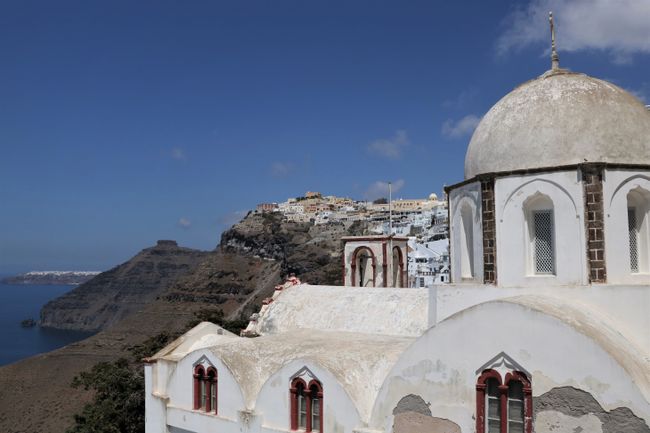
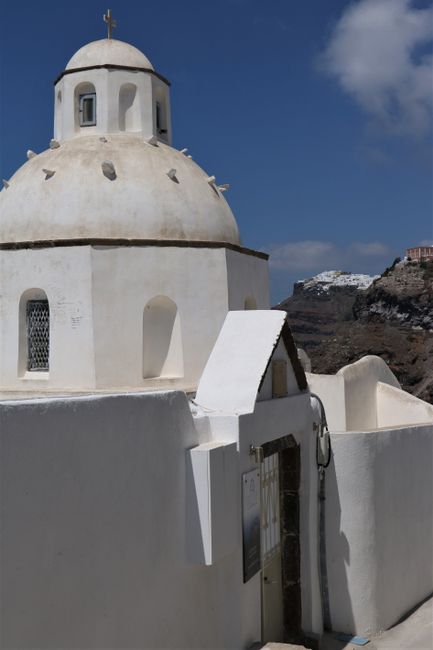
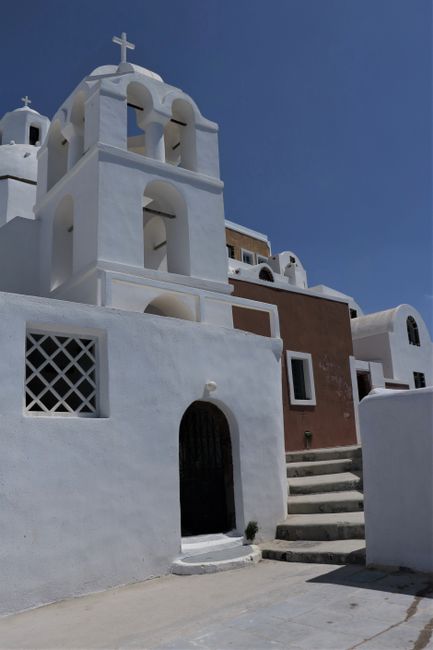
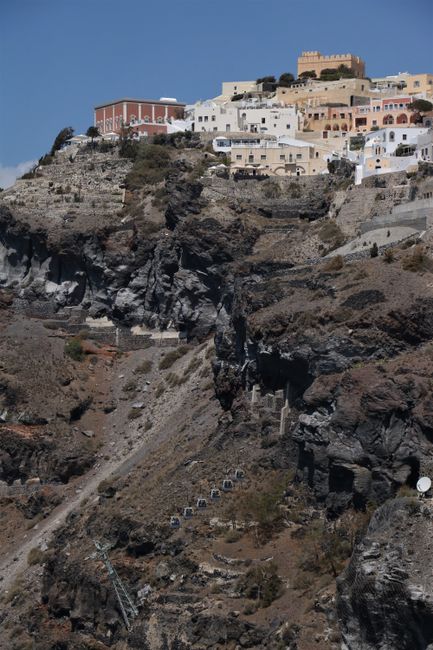
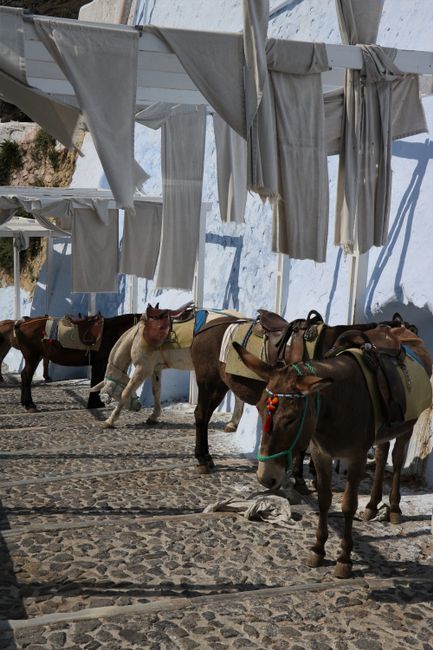
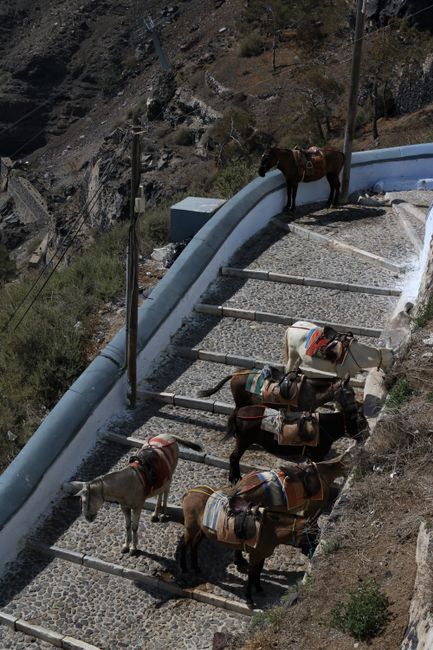
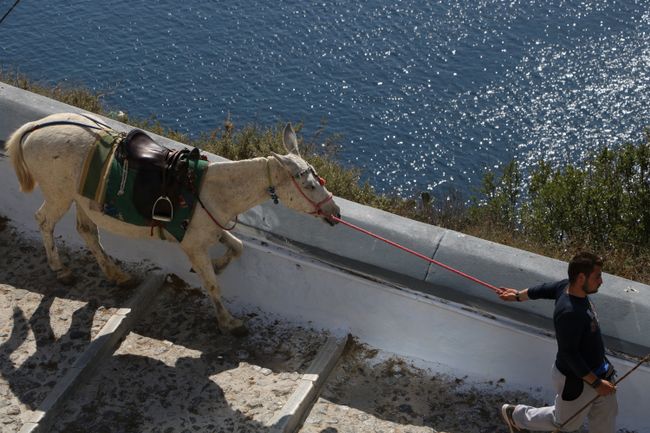
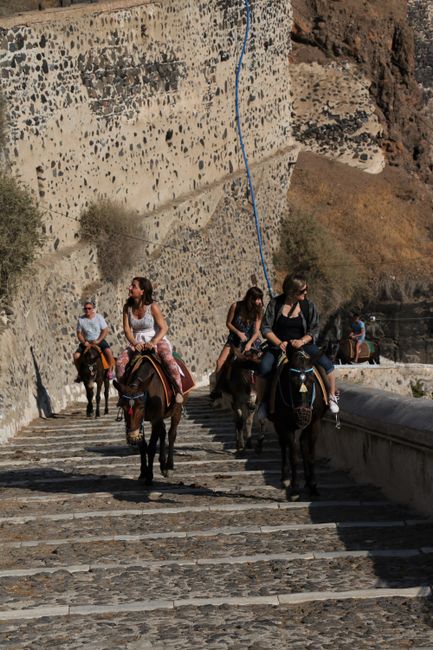
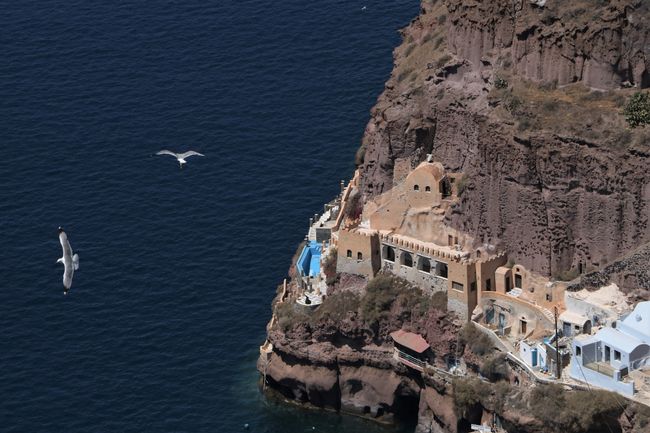
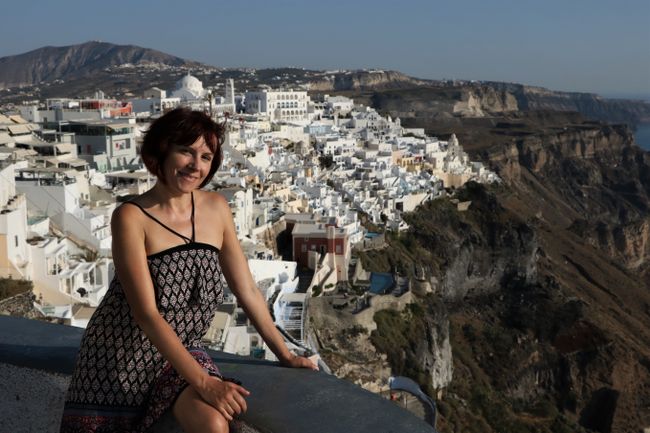
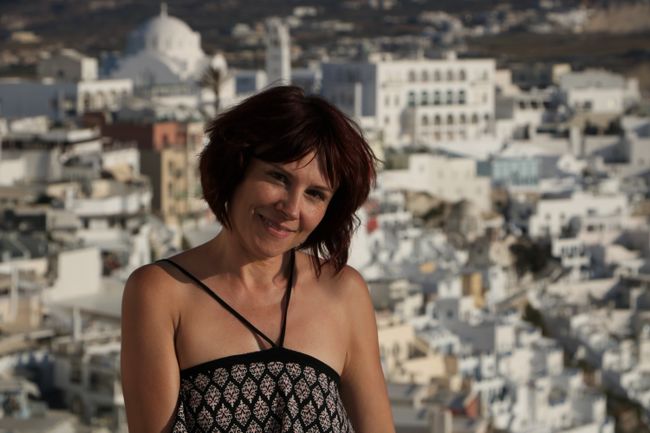
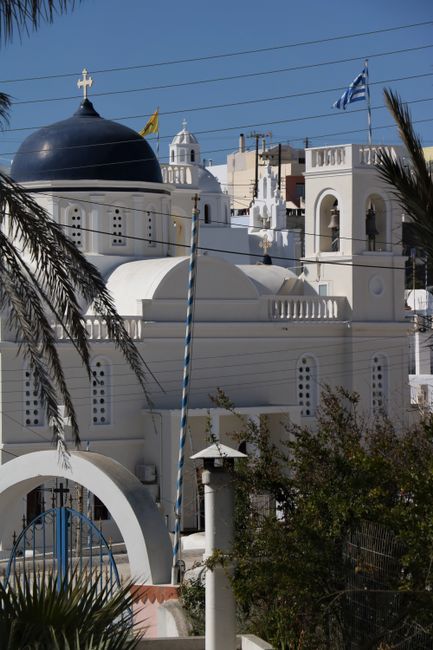
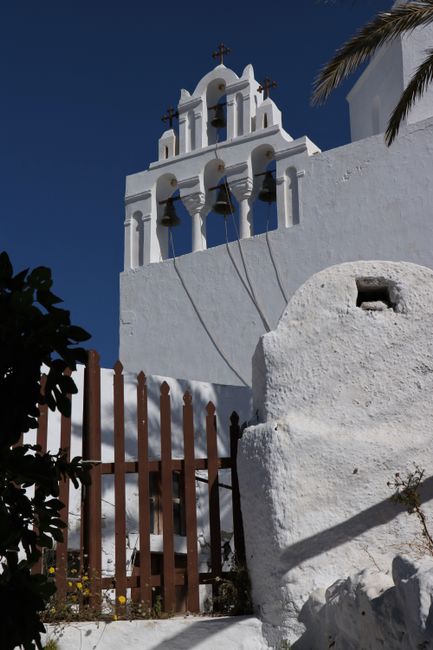
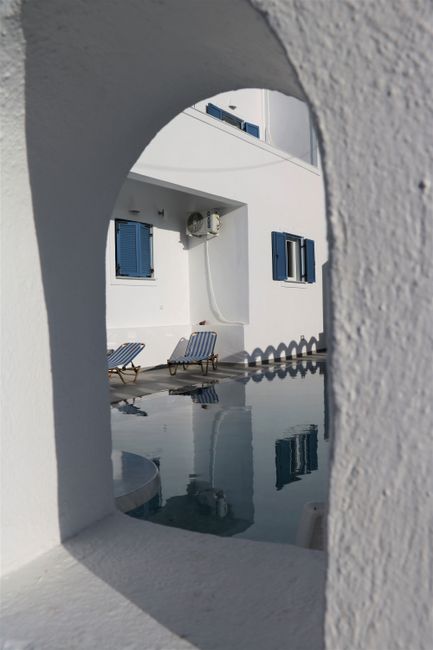
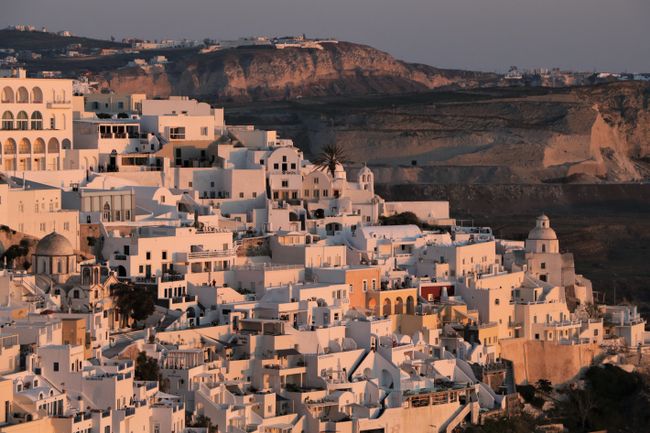
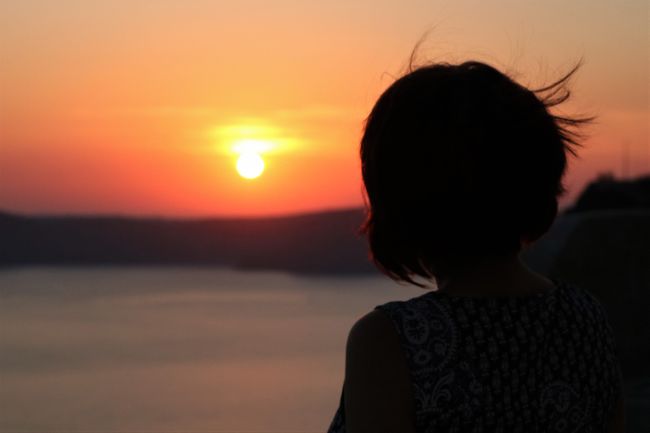
समाचार पत्रिका के लिए सदस्यता लें
From Athens, it only takes a 30-minute flight to the beautiful volcanic island of Santorini. I'm staying in Karterados, not far from the capital Fira, in a cozy little guesthouse and I visit one of the many picturesque villages by bus every day. I am especially taken with Oia on the northwestern tip of the island. The whitewashed, bright white houses were built right on the edge of the crater of the volcano, which erupted about 3,600 years ago. Everywhere, cafes with breathtaking views of the sea invite you to linger, cute churches and the typical windmills decorate the pretty village with its 700 inhabitants. Narrow streets go up and down, here and there, people are still busy repainting their houses for the season (like every year!). The buildings reflect the sun so strongly that, due to the lack of sunglasses (I never wear any, I like the world bright), I constantly have to blink, but the abundance of light and the combination of snow-white houses and a bright blue sky and sea give me an indescribable feeling of freedom.
Another highlight for me is the highest village on the island, Pyrgos, 5 km south of Fira. I haven't read about it in any travel guide and I only go there because the bus to Perissa, my actual destination, passes through the village and I jump up and leave the bus like stung by a wasp because of its beauty. And it's worth it: I am one of about 5 souls strolling through the village, and this desolation adds to the charm of Pyrgos. I breathe in the tranquility and once again let myself be enchanted by the colors white and blue.
In the seaside resort of Perissa itself, which I finally reach, there is not much to see besides the beach and a small main square. It gets more interesting a few kilometers to the west, at the Red Beach of Akrotiri. You need good shoes to descend to the beach, behind which rises a high red rock wall. By the time I reach the water, I'm so hot that I jump into the sea for the first time since arriving in Greece - or stumble, because the red-black pebbles on the shore are quite sharp.
Last but not least, there is the capital Fira, which I see every day because I live nearby and all the local buses to my other destinations depart from there. Fira is similar to Oia, but it is somewhat crowded despite the off-season. But here too, the highlights are the charming narrow streets, snow-white houses, and steep cliffs. The city gets a minus point for the exploitation of mules that transport tourists from the old harbor to the center in the scorching sun and without water. Some people's legs are already shaking, others stomp their feet repeatedly as a sign of protest.
समाचार पत्रिका के लिए सदस्यता लें
उत्तर
